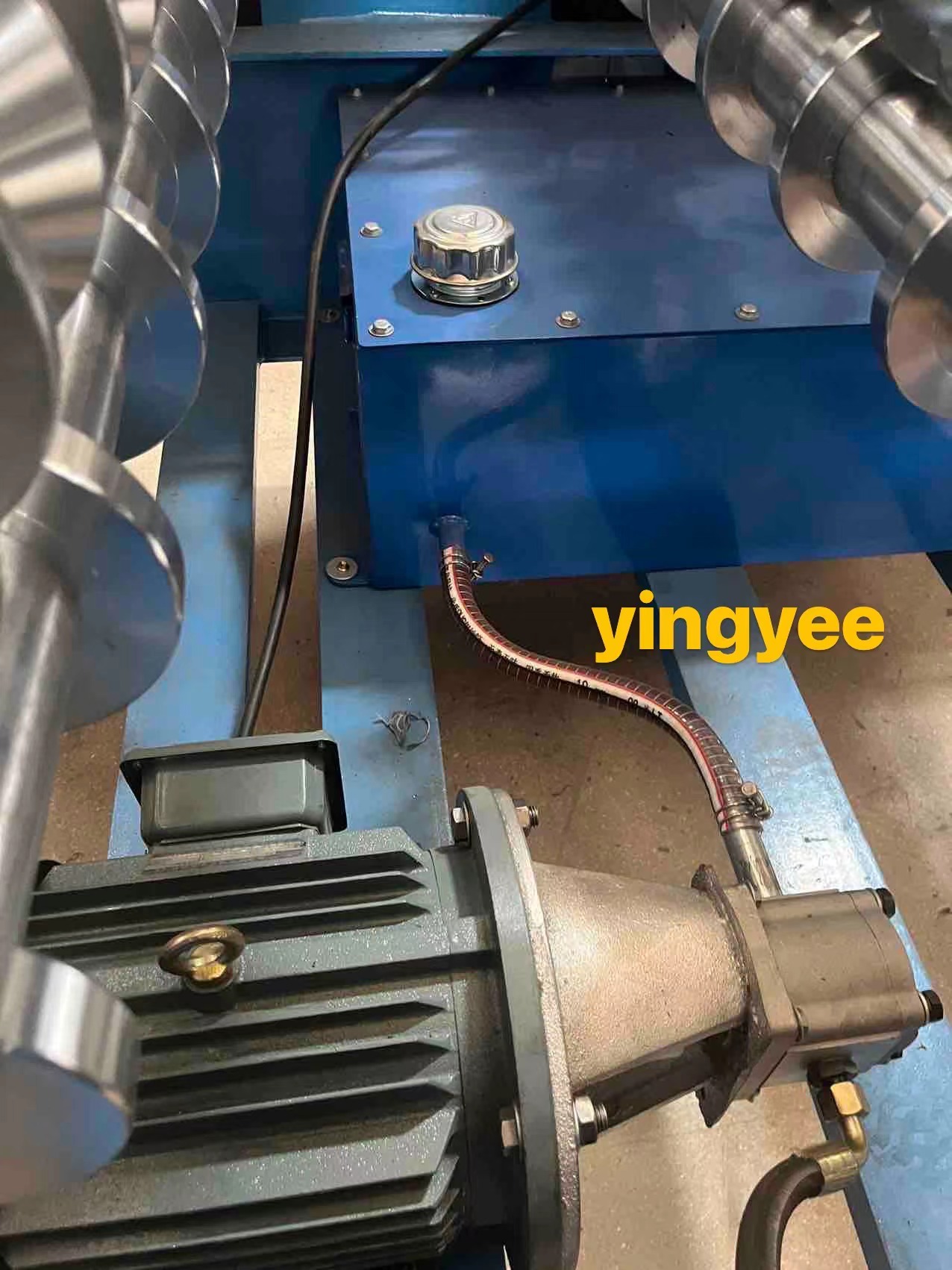
The Corrugated Roll Forming Machine Revolutionizing Metal Sheet Production
In the realm of modern manufacturing, efficiency and precision play critical roles in production processes. One of the remarkable innovations that have emerged to enhance these aspects is the corrugated roll forming machine. This advanced machine is designed specifically for producing corrugated sheets of metal, which are widely used in various industries, including construction, automotive, and packaging.
What is a Corrugated Roll Forming Machine?
A corrugated roll forming machine is a specialized piece of equipment that transforms flat metal sheets into corrugated profiles through a series of rollers. The process begins with feeding a flat metal sheet, typically made of steel, aluminum, or other metals, into the machine. As the metal passes through the rollers, it is shaped into a desired corrugated pattern. This process is often referred to as roll forming, characterized by its ability to create complex shapes with high precision and consistency.
Applications of Corrugated Sheets
The corrugated sheets produced by these machines have a multitude of applications. In the construction industry, they are predominantly used for roofing and wall panels because of their strength and ability to withstand harsh weather conditions. The corrugated design enhances rigidity while keeping the weight relatively low, making it an ideal material for buildings, warehouses, and industrial structures.
In addition to construction, corrugated sheets are also used in the manufacturing of shipping containers, packaging products, and even as components in automotive parts. Their durability and lightweight properties enable businesses to reduce transportation costs while maintaining the structural integrity of their products.
Advantages of Using Corrugated Roll Forming Machines

One of the primary advantages of utilizing a corrugated roll forming machine is the high efficiency and speed of production. The continuous nature of the roll forming process allows for large quantities of metal sheets to be produced in a relatively short amount of time. This not only increases productivity but also reduces labor costs as fewer workers are required to operate the machinery.
Another significant benefit is the precision that these machines offer. The rollers can be customized to create various shapes and profiles, ensuring that manufacturers can meet specific design requirements without compromising on quality. The consistency of the finished products is crucial for industries where standardized dimensions and tolerances are necessary.
Moreover, corrugated roll forming machines are designed for sustainability. The metal sheets used in the process can be sourced from recycled materials, making the manufacturing process more environmentally friendly. Additionally, the durability of corrugated sheets contributes to reducing waste, as they have a longer lifespan compared to traditional flat sheets.
Future Trends in Corrugated Roll Forming Technology
As technology continues to evolve, we can expect further advancements in corrugated roll forming machines. Automation and smart technology will likely play a significant role, with the integration of sensors and data analytics enabling manufacturers to monitor production in real time. This will enhance decision-making processes, streamline operations, and improve overall efficiency.
Furthermore, the implementation of Industry 4.0 principles could revolutionize how corrugated roll forming machines operate. The connection of machines to the Internet of Things (IoT) will allow for predictive maintenance, minimizing downtime and maximizing productivity.
Conclusion
The corrugated roll forming machine embodies the essence of modern manufacturing technology. Its ability to produce high-quality, durable corrugated sheets with efficiency and precision has made it an essential tool in various industries. As manufacturers continue to seek methods to improve productivity and sustainability, the corrugated roll forming machine will undoubtedly play a pivotal role in shaping the future of metal sheet production. With ongoing innovations, we can anticipate an exciting era for this technology, paving the way for new applications and processes that enhance the capabilities of the manufacturing sector.